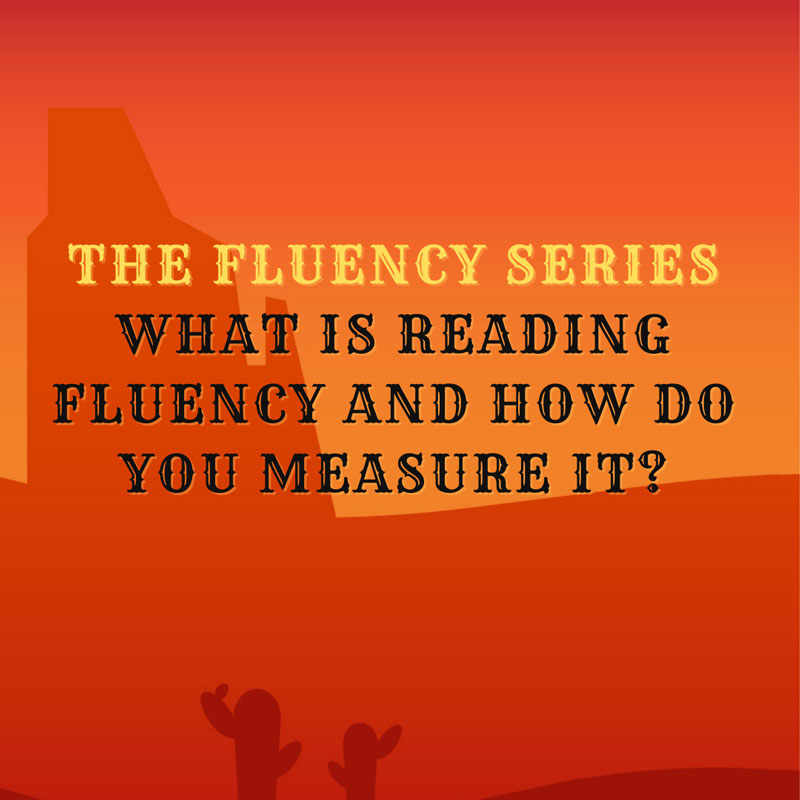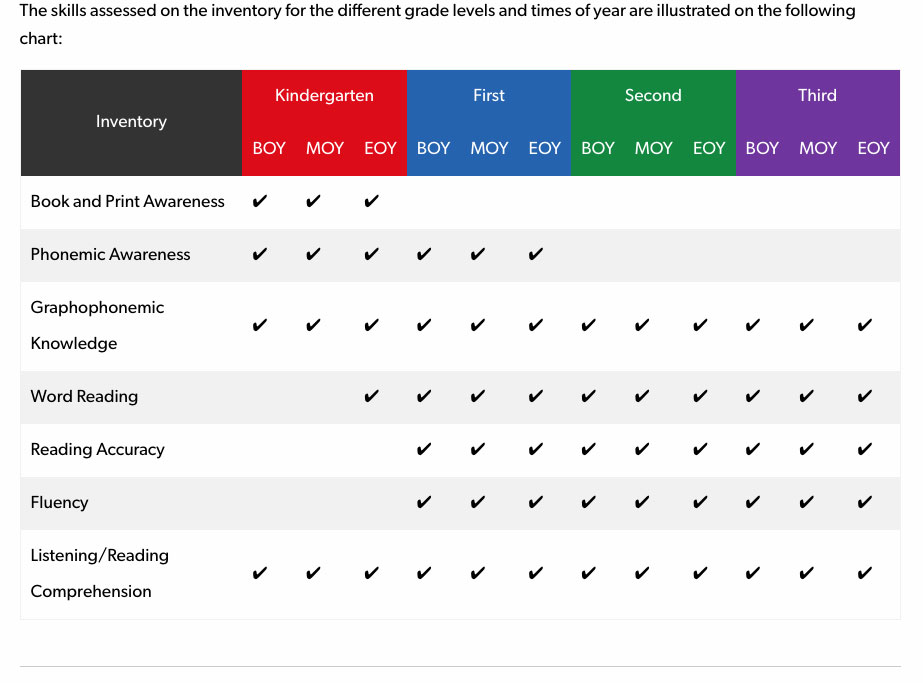Reading Fluency - What is It and How Do We Measure It?

What, Why, How
This post is the first in a series of posts on reading fluency. What fluency is, why it is essential, and how we can help our kids develop it and continue developing their fluency throughout their lives.
One of the most important skills a child can learn is reading fluency. But what is it, exactly? And how do you measure it? This series of posts will answer those questions, give you tips on how to help your child improve their fluency, and more.
What is reading fluency?
Reading fluency can be defined as the ability to read with speed, accuracy, and proper expression. Fluent readers can understand what they just read. This is why fluency is so essential – if a child can’t read fluently, they will have difficulty understanding and comprehending what they read.
Fluency is a part of success in reading. Fluent readers become better readers, and fluency cannot be underestimated. Fluent reading is a cornerstone of literacy and comprehension
What are the components of fluency?
There are three main components to oral reading fluency: speed or rate, accuracy, and prosody.
Accuracy is how accurately a child can read the words on the page.
This includes being able to read all the words correctly, as well as being able to read them in the correct order. Accuracy is probably the most crucial component of fluency for emergent readers. Without accuracy in their reading, it is challenging to build the other components of fluency—beginning readers whose accuracy is substantial progress much more quickly.
Speed/Rate is how fast a child can read.
This doesn’t just mean reading quickly – it also means reading at a rate that is appropriate for the level of difficulty of the text. A child who is reading fluently should be able to read smoothly, without hesitating or stumbling over words.
Prosody is how a child reads with expression.
Good prosody makes reading more exciting and engaging, and it also helps with reading comprehension. This includes using the correct intonation, stress, and rhythm when reading aloud. It also includes being able to read with feeling and emotion.
How do we measure reading fluency?
There are many ways to measure reading fluency. Some standard methods include timed readings, and miscue analysis.
Timed readings are when a child is given a certain amount of time to read a passage aloud. The goal is for the child to read as much of the passage as possible in the allotted time. This method can measure speed, but it doesn’t give any information on accuracy or prosody.
Miscue analysis is when a child reads aloud and is monitored for words read correctly. This method can measure accuracy and prosody, but it doesn’t give any information on speed.
What are some common standardized assessments for fluency?
There are multiple standardized tests and assessments that measure reading fluency, here are just a few:
MASI-R, Hasbrock and Tindal, Rasinkski, and many others.
However, one of the most respected assessments is the Texas Primary Reading Inventory (TPRI). The TPRI measures not only just fluency but can be used to measure multiple literacy skills and reading comprehension skills.
Texas Primary Reading Inventory
The TPRI is used primarily for students in grades K-3 but can also be used for older students who are struggling readers.
TPRI is a highly reliable early reading assessment designed to identify students’ reading development in kindergarten through third grade. This diagnostic instrument helps teachers provide targeted instruction so that students improve as readers. The TPRI benchmark assessment is given three times per year. It consists of both a screening section and an inventory section. The TPRI is valid and reliable for predicting future reading achievement in fluency, comprehension, and word recognition.
Students identified as struggling readers on the TPRI are likely to benefit from targeted interventions to improve their reading skills. The TPRI is a vital tool for a reading teacher and administrator to use to ensure that all students have the opportunity to develop into successful readers.

As you can see in the chart, the TPRI can assess many different skills in addition to a reading fluency assessment.
Fluency
In the next blog post, we will continue our discussion of fluency by looking at how to measure it and some interventions that can help improve reading fluency. But for now, I want to leave you with a few takeaways about reading fluency. First, fluency is not a single skill but a combination of accuracy, speed, and prosody. Second, fluent reading requires practice and lots of it. And finally, there are many ways to improve reading fluency if your child has difficulty becoming fluent reader. We will explore fluency in more detail in next week’s post. So stay tuned!


